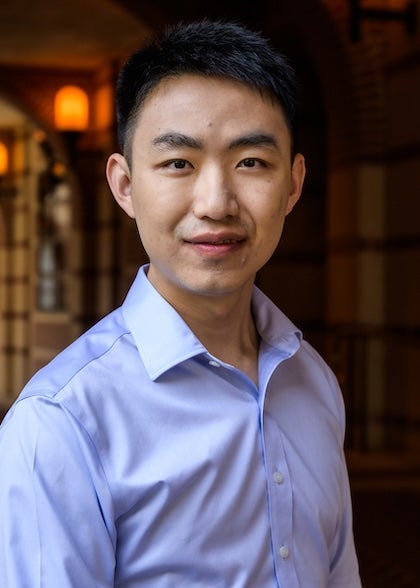Chiral phonons, a type of collective atomic vibration that exhibits handedness, are at the center of a rapidly-evolving research field that is reshaping how scientists think about the fundamental behavior and structure of materials with implications for electronic and quantum technologies, energy transport, advanced sensing and more.

A recent perspective article in Nature Physics outlines the evolution of this emerging field, providing a framework for classifying phonons and an encompassing overview of the range of materials in which chiral phonons have been studied or may be discovered in the future.
Featured expert:
Rice University quantum scientist Hanyu Zhu, a corresponding author on the study which was authored by collaborators from 21 institutions in 12 different countries, is available to discuss related topics, including:
- What makes a vibration “chiral” and how it differs from ordinary atomic motion.
- Why chirality in phonons could unlock new control of heat, sound, light and magnetism.
- Recent breakthroughs in 2D and topological materials enabled by optical and structural control.
- Open questions and technological opportunities highlighted in the perspective article.
Why it matters:
Just as electron spin gave rise to spintronics, phonon chirality could spark new ways of controlling materials’ properties and encoding information at the quantum level. By clarifying the definitions and setting a potential road map for future research on chiral phonons, this work is helping accelerate progress in one of today’s fastest-growing areas of quantum materials.
- Review paper:
-
Chiral phonons | Nature Physics | DOI: 10.1038/s41567-025-03001-9
Authors: Dominik M. Juraschek, R. Matthias Geilhufe, Hanyu Zhu, Martina Basini, Peter Baum, Andrey Baydin, Swati Chaudhary, Michael Fechner, Benedetta Flebus, Gael Grissonnanche, Andrei I. Kirilyuk, Mikhail Lemeshko, Sebastian F. Maehrlein, Maxime Mignolet, Shuichi Murakami, Qian Niu, Ulrich Nowak, Carl P. Romao, Habib Rostami, Takuya Satoh, Nicola A. Spaldin, Hiroki Ueda and Lifa Zhang
https://doi.org/10.1038/s41567-025-03001-9

